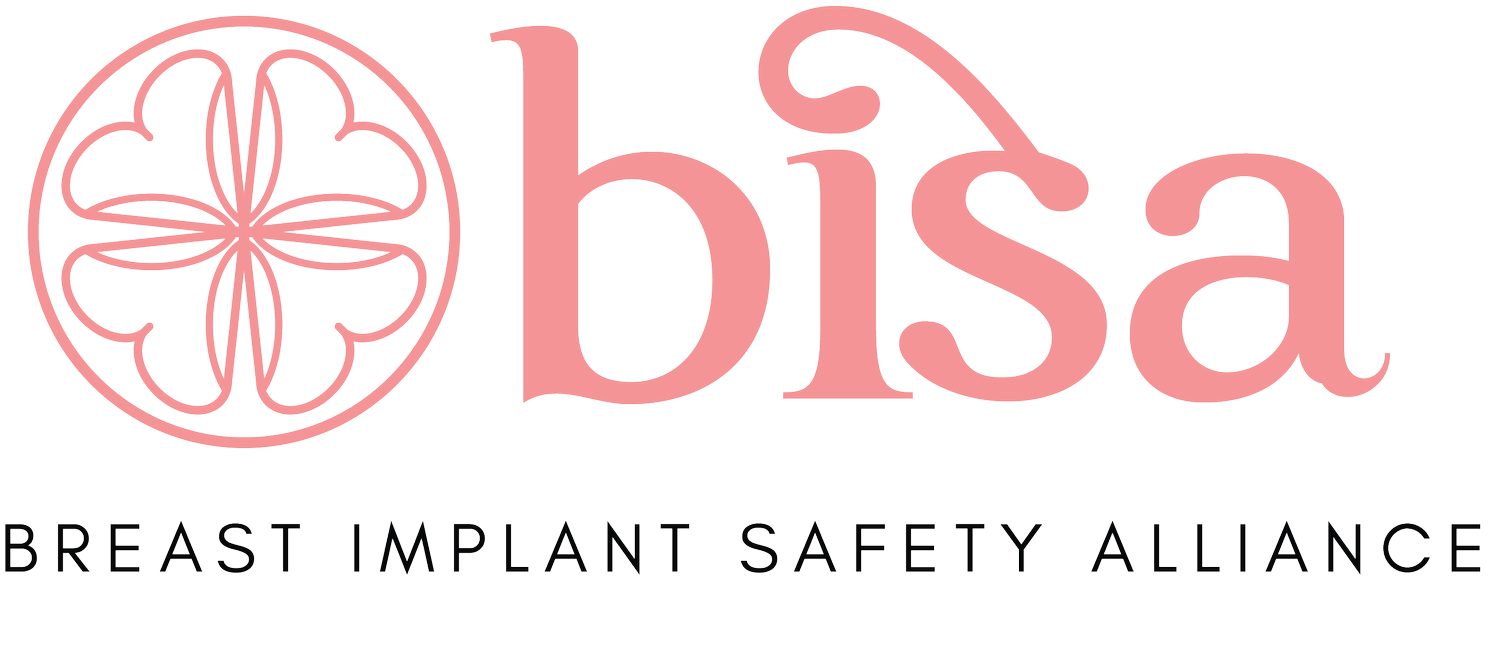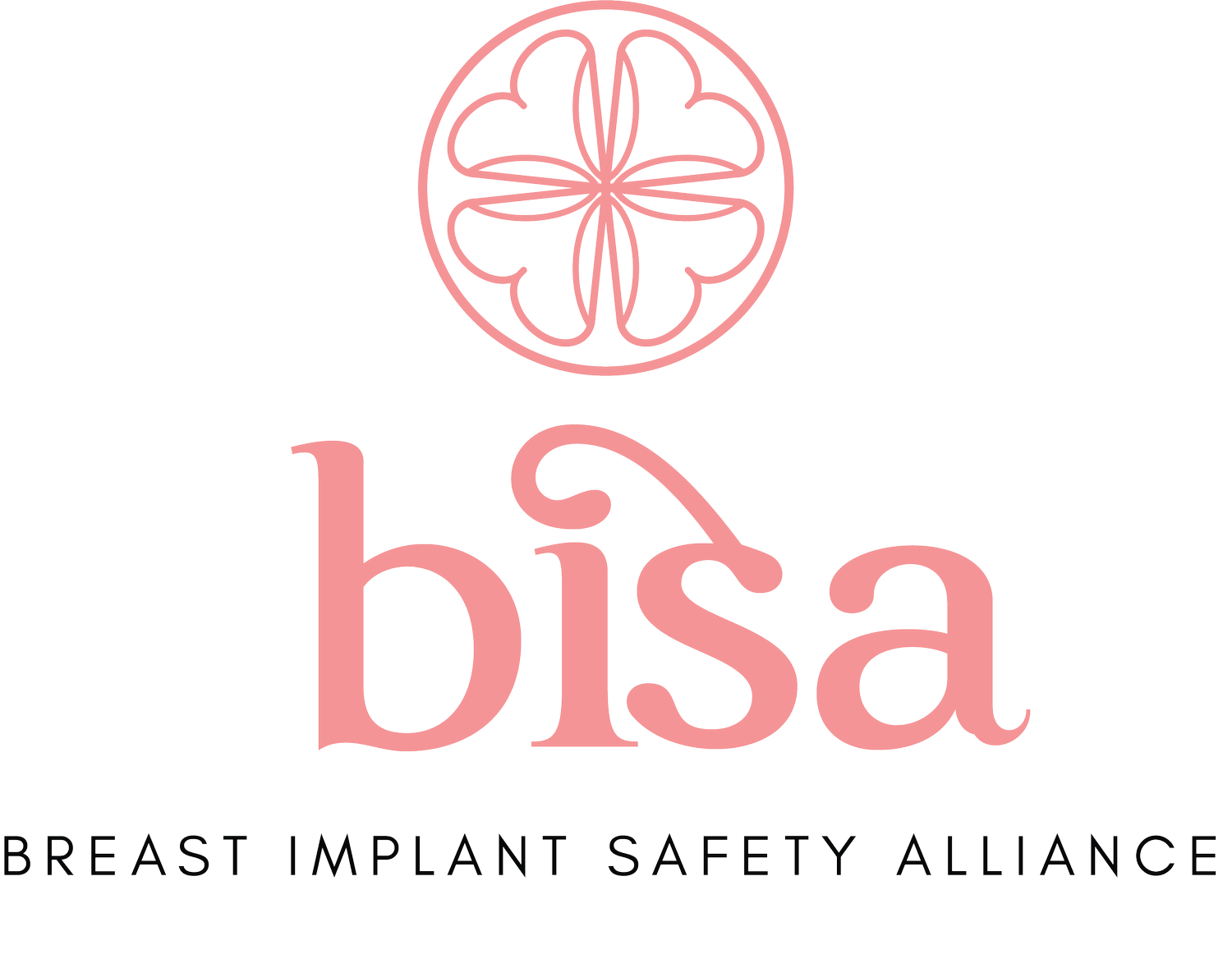Jennifer Cook
DIRECTOR OF BIA-ALCL ADVOCACY
Woodstock, GA
Last Modified: June 7, 2023
Jennifer Cook is committed to systemic change to protect the health of patients with breast implants and the right to informed consent for patients considering them. As the Director of BIA ALCL Advocacy, Jennifer uses her personal and professional experience to collaborate for better patient safety and education. She currently lives in Woodstock, Georgia with her husband and son.
Jennifer’s Implant Story
In the late spring/early summer of 2016, I consulted two breast surgeons at Kaiser Sunset in Los Angeles, CA about a lump in the upper outside quadrant of my left breast. I mentioned BIA-ALCL to both surgeons, who gave no indication of ever having heard of it. Because I had read that it was exceedingly rare, I did not press the issue and assumed that any evaluations I had for the lump would rule out both BIA-ALCL and breast cancer.
I had a mammogram, US, and MRI. The last test was the MRI, and I was told the results showed the lump I felt was scar tissue and not concerning for malignancy.
In the summer of 2017, I continued to be concerned about the changes to my breasts and specifically my left breast. I scheduled an appointment for another ultrasound and I also made an appointment with a Kaiser plastic surgeon.
At the ultrasound appointment, I flagged an area under my left breast where I recently began to notice a lump forming. The lump was visible on ultrasound and, although they felt it was likely a fibroadenoma, they agreed it should be biopsied because I was over 40. I also discussed my prior 2016 MRI with the radiologist at this ultrasound appointment. I had recently come across some additional notes made by the radiologist who read my 2016 MRI. Those notes suggested that what might have been a seroma around my left breast in 2016 was being mistaken for part of my implant and thus an assumption was being made that I had two different implants which I did not.
The radiologist looked at this MRI and said she too thought I had two different implants because of what was being seen with my left breast. I asked her if there was evidence of a seroma on the old MRI or the new ultrasound. She said she knows how to recognize a seroma and did not see evidence of one.
I then saw a Kaiser plastic surgeon in July 2017 named Dr. Lee. Dr. Lee said the fluid around my left breast seen on my 2016 MRI was normal and similar to what he sees around all implants he removes. When I said I felt my breasts were getting bigger despite no weight gain, he said that was due to aging. He looked at my breasts and said they looked good. My left breast was slightly larger than my right but he either did not notice or he did not think it was concerning.
When I said I was very concerned about BIA- ALCL because I had recently confirmed that my implants were textured, he said that I did not have BIA-ALCL. He said that being concerned about BIA-ALCL was like living my life like I was going to win the lottery. I pointed out the spot under my left breast. He said it felt like my capsule but agreed that I should go through with the biopsy I had scheduled.
Later that same July, I had an ultrasound-guided biopsy of the palpable lump at the edge of my capsule under my left breast. I gave the radiologist express instructions to "rule out BIA-ALCL." He said he had never heard of the disease. On August 1, 2017, the pathology report stated that I had BIA-ALCL.
A PET/CT scan in August 2017 revealed that I had a total of 4 masses around the implant. Two of these masses were behind the implant, not palpable, and not visible on mammogram or ultrasound.
Had I not recognized the lump under my left breast that I could feel, my symptoms of increased breast size and fluid around one implant would have been dismissed and my lymphoma would have continued to progress untreated for an unknowable amount of time. In August 2017, I received the first of two cycles of pre-surgery brentuximab. In September 2017, I flew to MD Anderson in Houston, Texas for removal of my implants and the lymphoma growing out of my left capsule.
Later that fall, I began another 5 cycles of brentuximab. My follow-up scans since my brentuximab treatment ended in February 2018 have so far shown no evidence of remaining or recurrent disease. Recurrence, however, remains a possibility and thus follow-up PET/CT scans will be needed for many years.
Professional Experience
Twelve years of experience in education
Over five years of experience as an attorney
Over five years of experience as an administrator in the following three BIA ALCL Focused Facebook groups: ALCL in Women With Breast Implants BIA-ALCL; BIA-ALCL Support Group for Diagnosed Women; and BIA-ALCL Clinician/Patient Discussion
Group Director of BIA ALCL Patient Advocacy for Breast Implant Safety Alliance (BISA)
Education
University of Oregon — Doctorate of Jurisprudence
University of California, Berkeley — Bachelor of Arts, Social Welfare


